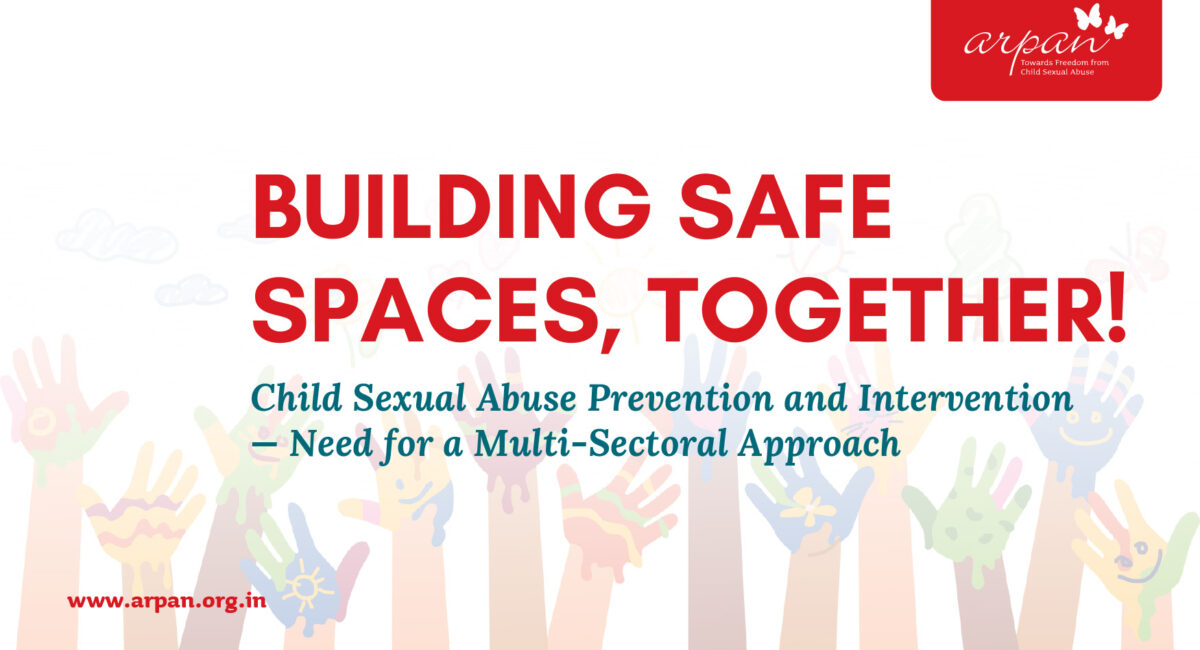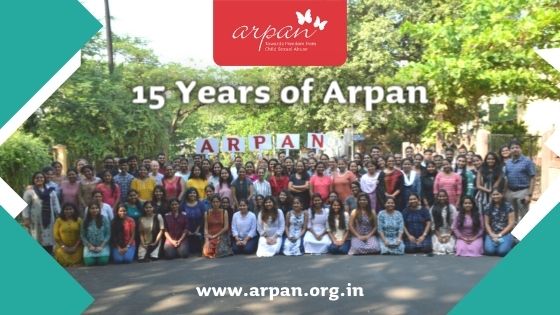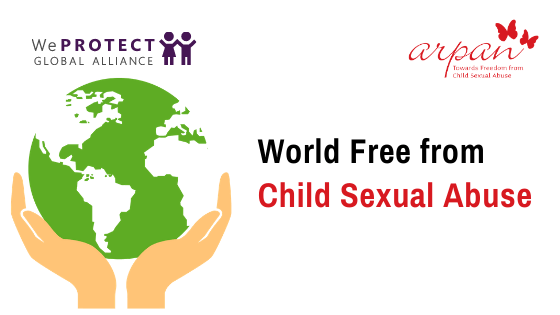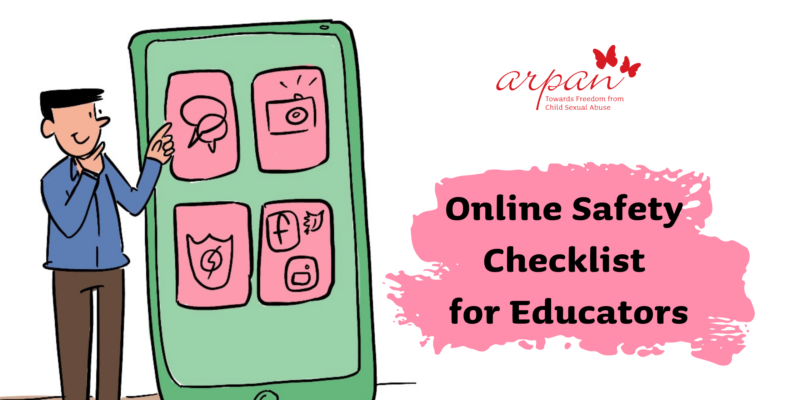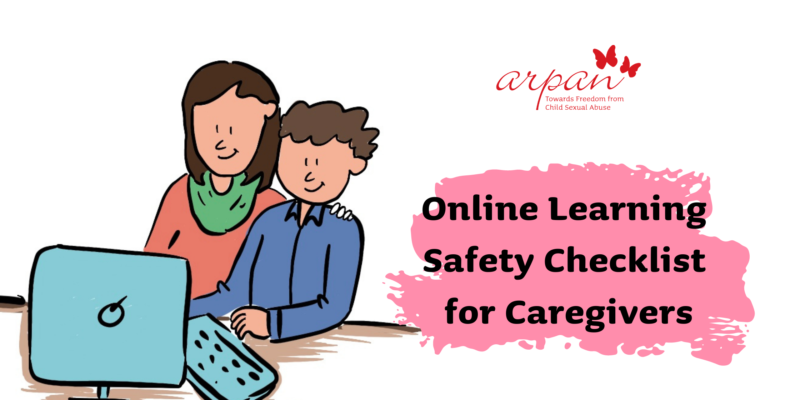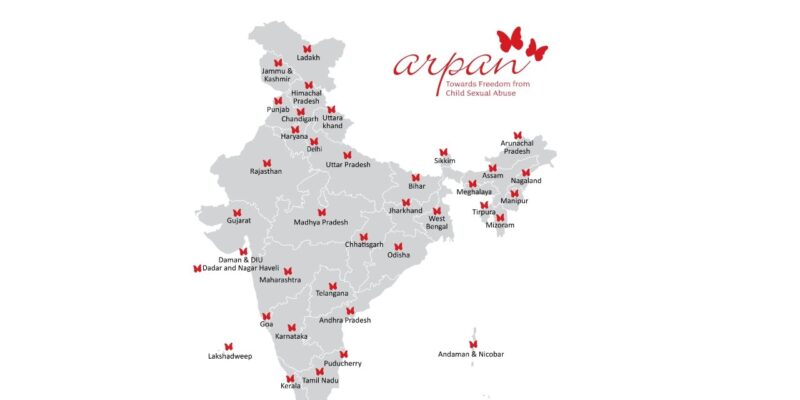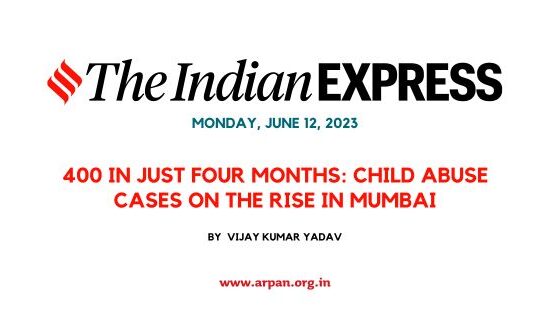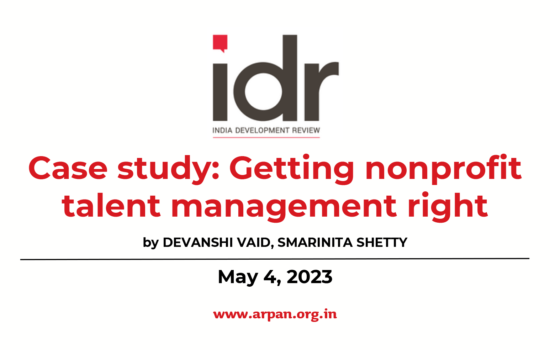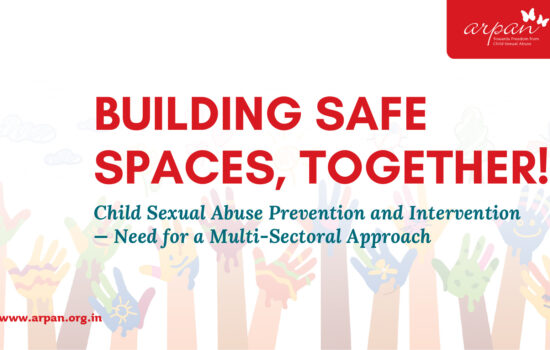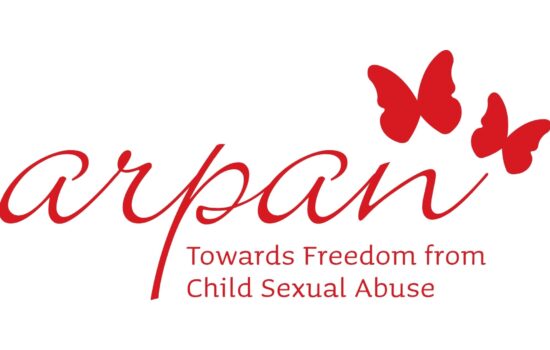Child Sexual Abuse (CSA) is a grim reality for many. According to the National Crime Records Bureau (2021), 7 cases of CSA are reported every hour and 170 cases are reported every day. Furthermore, in 97% of CSA cases, the offenders are known to the victim. CSA can have a profound negative impact on the victim’s childhood and continue well into their adulthood if not healed. CSA also comes with a huge global economic burden.
In spite of the staggering numbers, CSA occupies a unique space where there is selective denial and acceptance. The issue is both recognised (happens with ‘others’) and denied (does not happen with my child by my family members) simultaneously. CSA does not operate in a vacuum. It is a nuanced issue that is grounded in the interplay of individual, familial, social, structural and systemic factors. It is rooted in the overarching framework of patriarchy and gender bias, which propagate double standards about sexuality and gender roles. The awkward silence that often exists around the issue of CSA stems from the fear of shame, denial and social stigma and the societal belief that the ‘family’ is ‘sacred’ and ‘family honour’ is ‘supreme’. Moreover, the belief that ‘children are the property of their parents and family’ also reinforces spaces for children to be abused in silence. The influence of power differentials such as age, socio-economic conditions, gender, caste, class, religion, sexual orientation, ability and other differentiating factors further ripen the social conditions which perpetuate and reinforce Child Sexual Abuse.
Given this complexity and the structural and systemic factors fortifying the issue of CSA, an effective prevention and intervention response needs to be rooted in a multi-sectoral and multi-disciplinary approach. An approach that can position CSA as a nuanced, cross-policy and cross-sectoral issue needs to be created. The approach must also develop a shared framework across theory, research, policy and practice that guides stakeholders to work collaboratively. To develop such an integrated approach, there needs to be a consensus between all concerned about the goals, methods and conditions for effective prevention and intervention of CSA. Otherwise, specific initiatives to address CSA will always remain ad hoc and disconnected.
One should begin by re-conceptualizing the problem and re-identifying what an effective prevention and intervention approach needs to be by challenging the different disciplines (psychology, sociology, human rights, child protection, public health and law) in which it is embedded and how it is to be operationalised through different sectors (government, civil society and private sectors). It should also consider children’s diverse lives and their lived realities. It should also contemplate how the approach can simultaneously work towards structural and systemic changes while also focusing on changes at the level of individuals, families and communities.
Considering these paradigms of much-needed change surrounding the issue of CSA, developing this approach is not an either/or situation. We cannot wait for disruptive structural changes that will shake the normative foundation of CSA. At the same time, we cannot drive our efforts solely on a practice-level intervention that only focuses on individuals and families at the cost of overlooking larger systemic changes. Above all, this concentrated effort needs to be child-centric, which is keeping children and their rights and well-being at the core. This can only happen if we actively listen to children’s voices and use their insights as the foundation on which the uniform framework across theory, research and practice is being built. It is only through these collaborative, multisectoral approaches that we will be able to usher in a meaningful change and create ‘A world free of Child Sexual Abuse.’
Author: Dr Manjeer Mukharjee
(The author is Senior Director – Arpan, a Mumbai-based award-winning NGO working in the area of prevention of Child Sexual Abuse)

